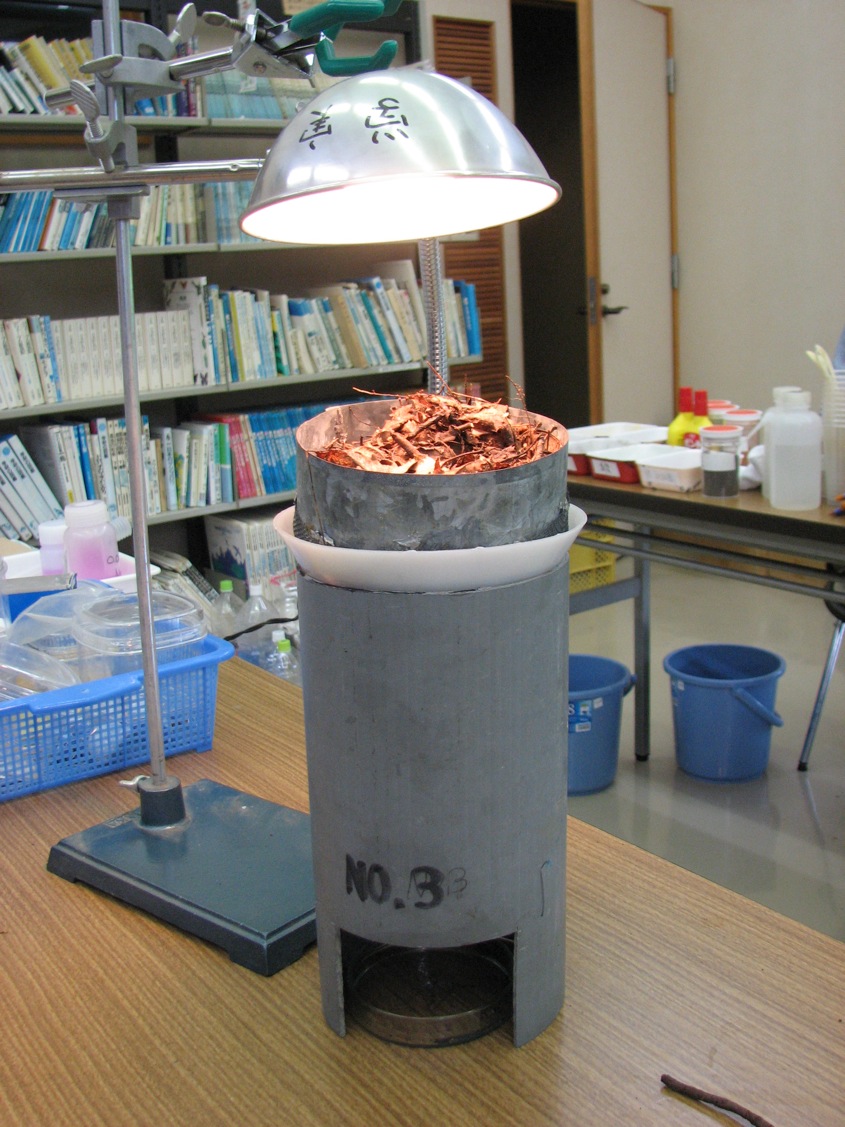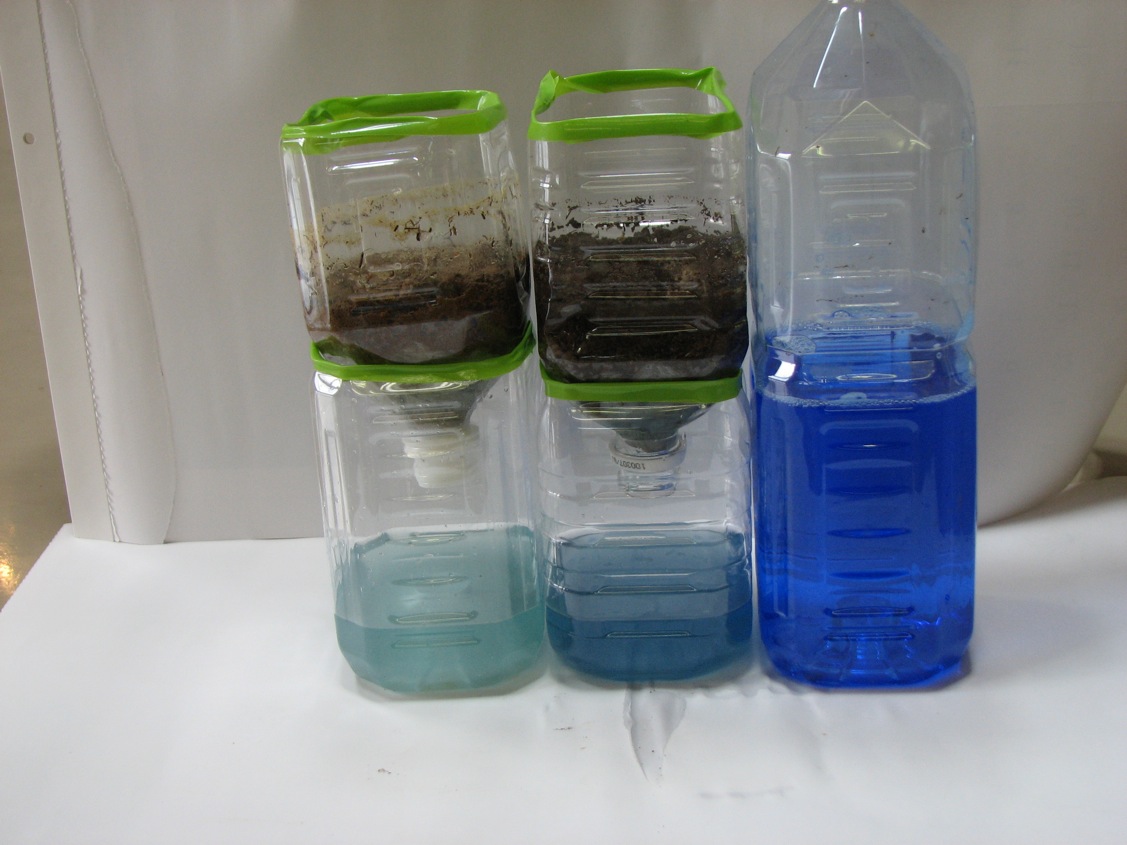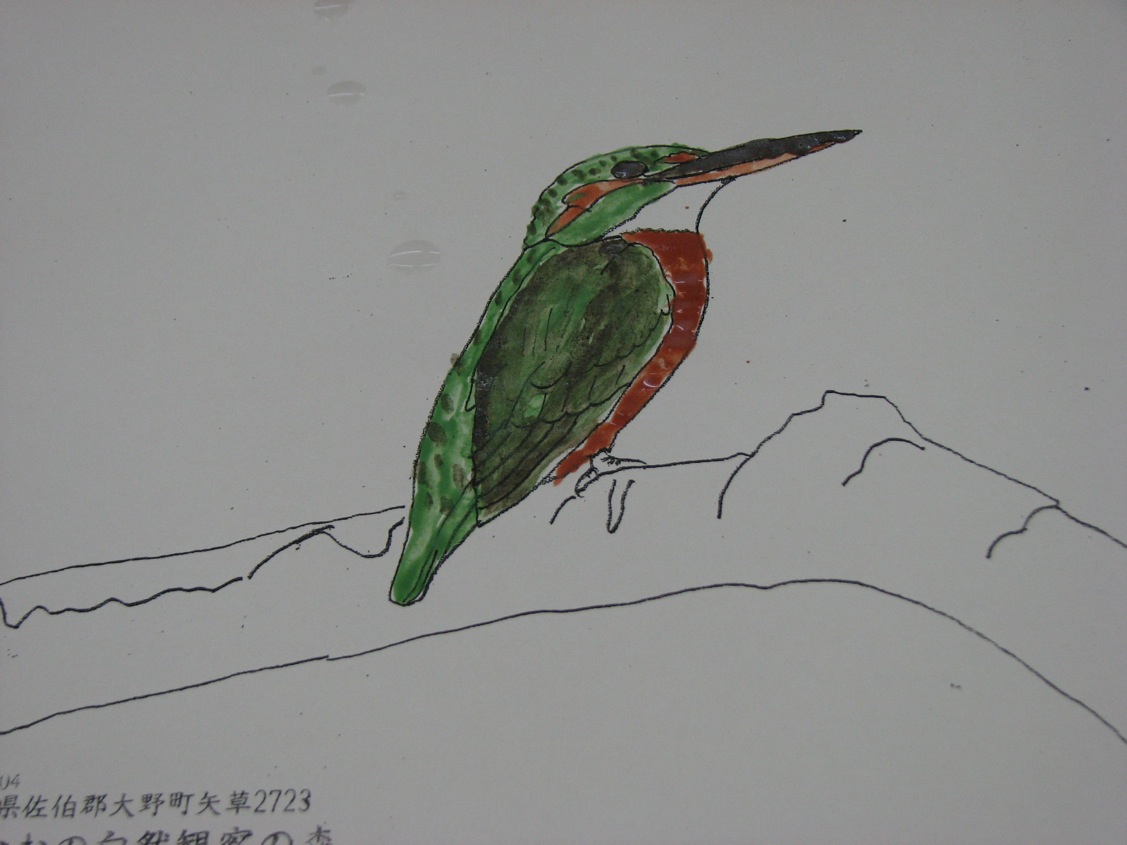Japanese Society of
Soil Science and Plant Nutrition
Annual meetings.
Japanese Society of Soil Science and Plant Nutrition conducts annual conferences which are held at different areas of Japan. For more details, please refer to the announcement of annual conference (in Japanese).
Branch meetings
Japanese Society of Soil Science and Plant Nutrition consists of six affiliates (i.e. Hokkaido, Tohoku, Kanto, Chubu, Kansai and Kyusyu).
Homepage (external link) of each affiliate is here.
Ë@Hokkaido / Tohoku / Kanto / Chubu/ Kansai/ Kyusyu/ (external link in Japanese)
International activities.
For more details, please refer to homepage of International Union of Soil Scientific (IUSS) (external link).
Support for overseas travel expenses to young scientists
Purpose, Eligibility, and Amount of Support:
This program provides financial support to young scientists (under 40 years of age at the time of application) and students who are members of the society. We provide financial support for flight tickets (up to 100,000 yen per person) within a total annual budget of 700,000 yen, to enable them to present their research at international conferences held overseas. For applicants requesting support for flight tickets, a round-trip ticket must be purchased at the lowest reasonable price. After returning, recipients are required to submit flight ticket stubs and the original receipt (if the support covers only part of the ticket, a copy of the receipt is acceptable). Submission of receipt documents and data in accordance with the invoice system and the Electronic Books Maintenance Act is also required. In addition, registration fees for research presentations at international conferences held online (i.e., without overseas travel) are also eligible for support (up to 50,000 yen per person). In this case, a receipt must be submitted after the presentation.
Application Period and Procedure:
Applications are accepted twice a year. Applicants must use the prescribed application form and submit it by e-mail with all required supporting documents attached by the deadline. For details of the required documents, please refer to the application form. Student members must obtain the approval of their academic supervisor before applying.
(1) Application Deadlines and Eligible International Conferences
Eligible conferences are those beginning between September 1 of the same year and the end of February of the following year.
Eligible conferences are those beginning between March 1 and August 31 of the following year.
(2) Application Procedure
Applications must be submitted by the deadline via e-mail, with the prescribed application form (application_form.xlsx) and an attached PDF file of the cost estimate, to the following address and with the specified subject line:
If you do not receive a confirmation of receipt within one week, please contact the above address.
Deliberation on Acceptance or Rejection:
The application will be deliberated and decided at the earliest board meeting held at least three weeks after the deadline. In making the decision, the contents of the application form and the balance between the first and second half of the fiscal year will be taken into consideration. In addition, in light of the fact that this support is based on a donation from Ms. Katsuko Inamatsu, if there are candidates with comparable levels of need, preference will be given to female applicants.
Notification of Decision and Post-Support Reporting:
Following the decision of the Board of Directors, applicants will be promptly notified of the result. After notification, the procedures for receiving support shall be carried out in accordance with the instructions of the Secretariat of the Japanese Society of Soil Science and Plant Nutrition. Recipients of support are required to promptly submit a summary of the conference to the gDomestic and International Informationh section of the Societyfs journal. Since the journal is published in Japanese, submissions should in principle be written in Japanese. However, an English manuscript may also be submitted if accompanied by a translation provided by the academic advisor or equivalent.
Request to Supporters:
Those who agree with the objectives of this support program and wish to contribute are kindly requested to contact the Secretariat of the Japanese Society of Soil Science and Plant Nutrition. In addition, if you are considering making a donation to promote the advancement of soil science and plant nutrition, please do not hesitate to get in touch. The Society will take full responsibility for handling and managing your contributions.
Soil education
The Soil Education Board (set up in 1992) continued the efforts of its predecessors; the soil education review meeting (set up in 1982) and soil education committee the following year. Previous efforts have improved performances through the spread and edification of soil education. Initially, we examined the elementary and junior high schoolsf study courses and textbooks, pinpointed problems about the syllabus and suggested amendments to the course outlines to the Ministry of Education. An open lecture (Science Research Grant) for parents of elementary and junior high school students was held in 1996, and gHow to teach on soil ?New environmental education material-h (Kokin.Co.) was published in 1998. Since 1999, annual soil lectures (observations or experiments) in natural forests observation sites (totally 10 at present) all over Japan were organized. Last year, we completed all lectures by the lecture at the last nature forest observation site in Hatsukaichi city, Hiroshima prefecture. At each lecture, we donated soil monolith and observance leaflet to each nature forest observation site. We also organized a workshop on soil education (supported by Fukushima committee) as part of the Science Partnership ProgramiSPPjfor elementary and junior high school teachers at Kyusyu University-affiliated field in 2004 and a similar symposium at Shimane University (Supported Shimane education committee) in 2005, which included lectures, field practical training, experiments and information exchanges. These activities increased the teachersf interests and knowledge about soil. We published gPicture book of soil (5 volumes) h (Noubunkyou) in 2003, gObservation and experiment of soil ? Letfs research soil- (Japanese Soil Science and Plant Nutrition, edited by soil education committee )h (Japanese Soil Science and Plant Nutrition) in 2006, gHow to teach soil ?environment education material available to practice- (Part 1 and 2)h (Kokin.Co.) in correspondence to the new study course in 2009.
 @
@ @@
@@
We had first gDelivery soil science lecture classesh and high school poster presentation at the annual meeting in 2009. The lectures was conducted at the Kitashirakawa elementary school in Kyoto city and was supported by Kyoto education committee, Japanese Society of Soil Microbiology and Japanese Society of Pedology. The high school poster presentation was supported by Kyoto university and Kyoto education committee. In the same year, the soil education committee suggested to establish new committees in 6 affiliated countries in regards to future activities. This proposal was approved at the assembly of this conference in 2010.
In the future, we will support activities of each soil education committee of the branches and conduct soil workshops for teachers and gDelivery lecture classesh, and assess the study course (For example; teaching about soil). Text books about soil observation and new businesses will also be published. In 2009, we had a soil workshop (supported by Mizutomi community center and education committee in Sayama city) and analyzed the soil profile, water penetration ability, soil organisms (Tullgren device), soil particles, soil absorption and soil respiration. At the end of the workshop, almost all the teachers became interested in soil (according to the questionnaires).
Home page of soil education committee (external link in Japanese)
 @@
@@
International Soil Judging Contest
Japan team was awarded third place in the 1st International Soil Judging contest.
https://jssspn.jp/Eng/ISJC_report_eng.pdf